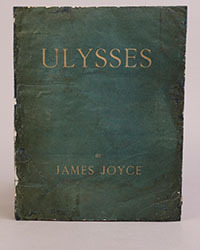The William Reese Company has issued their Catalog 379 New Acquisitions. The William Reese Company was founded by the late William Reese in New Haven, Connecticut in 1975. It will be departing New Haven after a 50-year run in the fall for New York. The destination is East 60th Street, between Madison and Fifth Avenue. Until then, they are still in New Haven, and both before and after the move, you can expect to see them focused on their long-time main specialty – Americana. That is what you will find in this catalogue, all of it top-notch material for those who collect the most important works of America. These are just a few of the major items being offered.
We begin with a letter from William Penn, Quaker immigrant who founded Pennsylvania in early colonial times. Quakers were not the most welcome of people to British authorities when everyone was preferred to be Anglican. Penn was just finishing up a boundary dispute with Lord Baltimore who had established the colony of Maryland. Penn recognized the best thing for his colonists to do was lay low and do nothing that might offend the King. He writes his friend Phineas Pemberton, a member of the Provincial Council, “...be wise, few and safe in words, and in behavior civil and obliging to officers or to any else of ye Kings.” Item 48. Priced at $22,500.
The British, French, Spanish, and Dutch played major roles in the colonization of the New World. Less known was Sweden had a colony too, though it did not last very long. This was New Sweden, and it was located along the Delaware River, in parts of Delaware, Pennsylvania (before the aforementioned William Penn arrived) and New Jersey. Sweden colonized the area in 1638. This was the time when Sweden was an major international power. They pushed aside the weak Dutch presence, as the Dutch were more interested in their colonies around New Amsterdam. The balance of power soon shifted and the Dutch regained the land around the Delaware River in 1655. Within ten years, they too were evicted by the British, and after a brief return, New Sweden was again under British control. New Amsterdam became New York. Item 8 is Kort Beskrifning om Provincien Nya Swerige uti America, Som Nu Fortjden af the Engelske Kallas Pennsylvania... (Brief Description of the Province of New Sweden in America, Now Called Pennsylvania by the English) by Thomas Campanius Holm, published in 1702. This is the primary account of the Swedish settlement in America, including plates and maps from the drawings of Peter Lindstrom, an engineer in New Sweden from 1654-1655. A couple of plates display Delaware Indians. A large map is believed to be the first of the Delaware River area, and a map of the battle between the Swedes and Dutch is the first American battle plan published. $30,000.
One hundred sixty-five years ago, America was breaking apart at the seams. The issue then was African slavery, the southern part of the country wishing to preserve and spread its “peculiar institution,” other parts of the country wishing to contain or eradicate it. Most western nations had already outlawed the practice peacefully, but that was not to be for America. The first move would come from South Carolina. The South Carolina Secession Convention met in December 1860. On December 20, the convention voted unanimously to secede. That action was immediately printed in this slip bill, headed, An Ordinance to Dissolve the Union between the State of South Carolina and the other States united with her under the compact entitled “The Constitution of the United States of America.” It continues that the acts ratifying the Union by this state in 1788 “are hereby repealed; and the union now subsisting between South Carolina and the other States, under the name of 'The United States of America,' is hereby dissolved.” South Carolina returned to the Union in 1868 after meeting the requirements of Reconstruction. Item 10. $60,000.
This is the first obtainable map of America. It is titled Tabula Terre Nove (map of the new world), published by Martin Waldseemuller in 1513. It is most often known as the “Admiral's Map.” There was a notable change from his 1507 map. In that one, he gave the land its name, “America.” However, for this map he removed that name and simply called it “Terra Incognita.” In 1507, he believed the land was discovered by Amerigo Vespucci, hence the name “America.” He now realized that Columbus had preceded Amerigo, but it was too late. His original name stuck. He placed names all along the coast, though you won't recognize any of them today if you make the journey from the Northeast to Florida. Florida itself bears the name of “coniello” or “contello.” Whatever, that name didn't stick. Nonetheless, his outline of the parts of North and South America are close enough to show that he had good sources. Even clearer are the islands of Isabella and Spagnola (Cuba and Hispaniola) though the numerous small islands to their east and north must have sunken since his time. They aren't there now. Along the east side of the map across the ocean blue are outlines of the coasts of Africa and Europe. For 1513, this isn't bad. Item 60. $45,000.
Next is a letter from Abraham Lincoln as President to Secretary of War Edwin Stanton in 1863 on behalf of an old friend from Illinois. That friend was Martin P. Sweet, a lawyer, like Lincoln, and political candidate, like Lincoln. Unlike Lincoln, Sweet lost his races. He ran twice for Congress and possibly some other offices without success. However, he was there for his more electable friend. In this letter, Lincoln asks that Sweet's son be appointed to the Fifth Cavalry. This one is poignant. Lincoln notes that “Martin P. Sweet, an Illinois friend of mine, has a son...who was killed in the battle of Gaines' Mill. He now asks that another son – brother to the deceased – be appointed to the place or a place in the same regiment... The young man's name is 'Martin A. Sweet.” I shall be personally gratified if this can be done without difficulty.” Item 35. $50,000.
You can reach the William Reese Company at 203-789-8081 or amorder@reeseco.com.

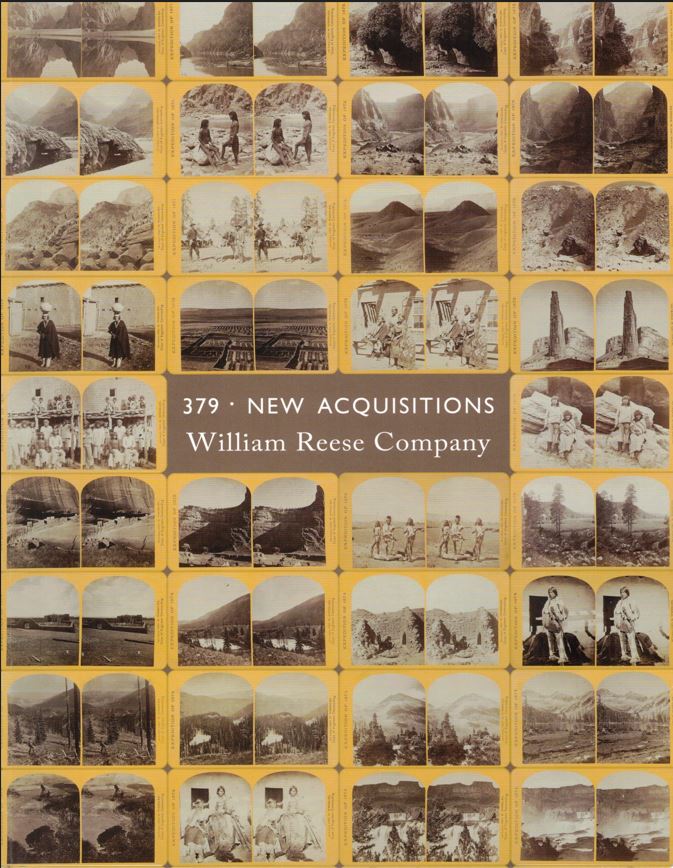
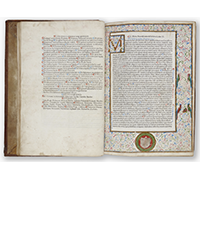
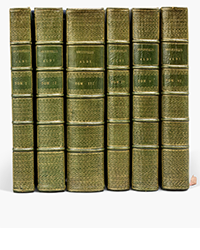


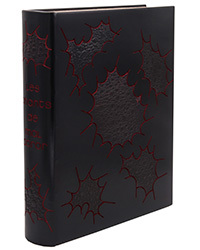
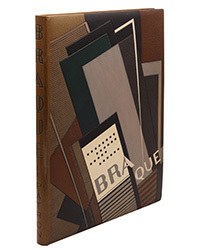
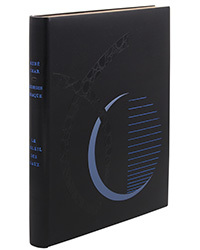

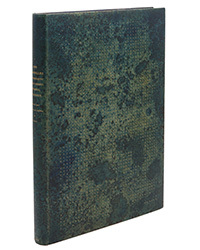
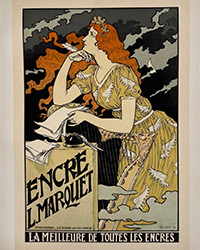
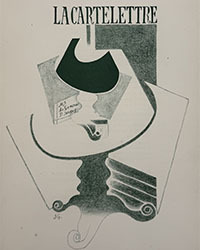

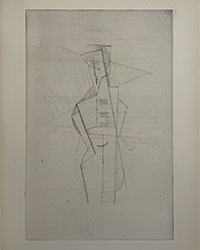
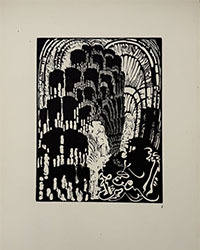
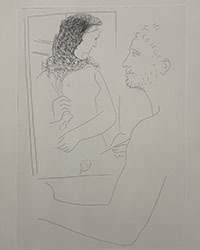

![<b>ALDE, Dec. 3:</b [PICASSO (PABLO)]. <i>Hommage à Pablo Picasso,</i> Paris, s.n., 1966. €8,000 to €10,000. <b>ALDE, Dec. 3:</b [PICASSO (PABLO)]. <i>Hommage à Pablo Picasso,</i> Paris, s.n., 1966. €8,000 to €10,000.](https://ae-files.s3.amazonaws.com/AdvertisementPhotos/f6ec5592-2bab-41b8-a105-7f0702d97750.jpg)

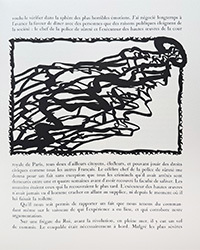


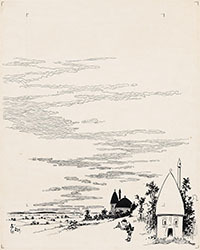

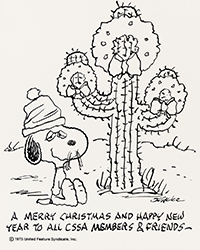
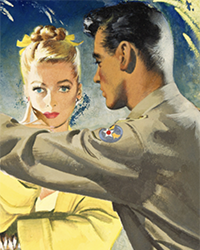
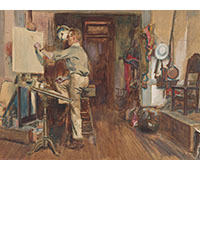
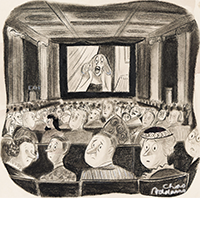
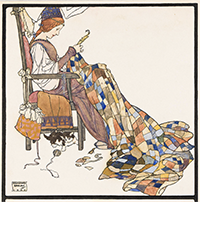
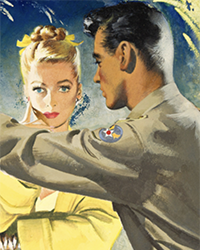
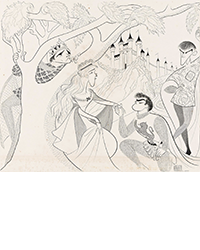
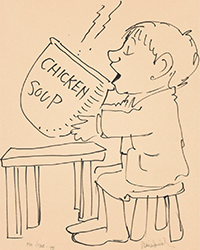

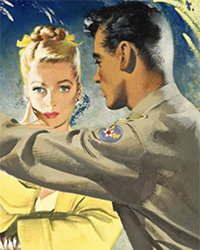
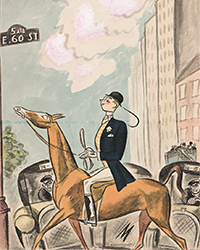

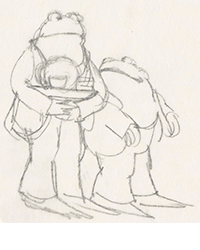
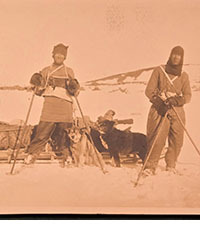
![<b>Scandinavian Art & Rare Books Auctions, Dec. 4:</b> ROALD AMUNDSEN: «Sydpolen» [ The South Pole] 1912. First edition in jackets and publisher's slip case. <b>Scandinavian Art & Rare Books Auctions, Dec. 4:</b> ROALD AMUNDSEN: «Sydpolen» [ The South Pole] 1912. First edition in jackets and publisher's slip case.](https://ae-files.s3.amazonaws.com/AdvertisementPhotos/0a99416d-9c0f-4fa3-afdd-7532ca8a2b2c.jpg)
![<b>Scandinavian Art & Rare Books Auctions, Dec. 4:</b> AMUNDSEN & NANSEN: «Fram over Polhavet» [Farthest North] 1897. AMUNDSEN's COPY! <b>Scandinavian Art & Rare Books Auctions, Dec. 4:</b> AMUNDSEN & NANSEN: «Fram over Polhavet» [Farthest North] 1897. AMUNDSEN's COPY!](https://ae-files.s3.amazonaws.com/AdvertisementPhotos/a077b4a5-0477-4c47-9847-0158cf045843.jpg)
![<b>Scandinavian Art & Rare Books Auctions, Dec. 4:</b> ERNEST SHACKLETON [ed.]: «Aurora Australis» 1908. First edition. The NORWAY COPY. <b>Scandinavian Art & Rare Books Auctions, Dec. 4:</b> ERNEST SHACKLETON [ed.]: «Aurora Australis» 1908. First edition. The NORWAY COPY.](https://ae-files.s3.amazonaws.com/AdvertisementPhotos/6363a735-e622-4d0a-852e-07cef58eccbe.jpg)
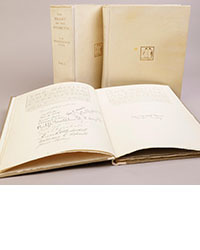
![<b>Scandinavian Art & Rare Books Auctions, Dec. 4:</b> SHACKLETON, BERNACCHI, CHERRY-GARRARD [ed.]: «The South Polar Times» I-III, 1902-1911. <b>Scandinavian Art & Rare Books Auctions, Dec. 4:</b> SHACKLETON, BERNACCHI, CHERRY-GARRARD [ed.]: «The South Polar Times» I-III, 1902-1911.](https://ae-files.s3.amazonaws.com/AdvertisementPhotos/3ee16d5b-a2ec-4c03-aeb6-aa3fcfec3a5e.jpg)
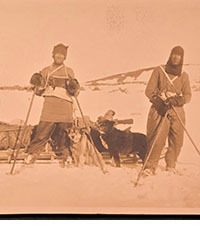
![<b>Scandinavian Art & Rare Books Auctions, Dec. 4:</b> [WILLEM BARENTSZ & HENRY HUDSON] - SAEGHMAN: «Verhael van de vier eerste schip-vaerden […]», 1663. <b>Scandinavian Art & Rare Books Auctions, Dec. 4:</b> [WILLEM BARENTSZ & HENRY HUDSON] - SAEGHMAN: «Verhael van de vier eerste schip-vaerden […]», 1663.](https://ae-files.s3.amazonaws.com/AdvertisementPhotos/d5f50485-7faa-423f-af0c-803b964dd2ba.jpg)
![<b>Scandinavian Art & Rare Books Auctions, Dec. 4:</b> TERRA NOVA EXPEDITION | LIEUTENANT HENRY ROBERTSON BOWERS: «At the South Pole.», Gelatin Silver Print. [10¾ x 15in. (27.2 x 38.1cm.) ]. <b>Scandinavian Art & Rare Books Auctions, Dec. 4:</b> TERRA NOVA EXPEDITION | LIEUTENANT HENRY ROBERTSON BOWERS: «At the South Pole.», Gelatin Silver Print. [10¾ x 15in. (27.2 x 38.1cm.) ].](https://ae-files.s3.amazonaws.com/AdvertisementPhotos/fb024365-7d7a-4510-9859-9d26b5c266cf.jpg)
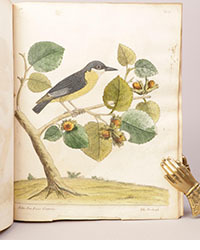
![<b>Scandinavian Art & Rare Books Auctions, Dec. 4:</b> PAUL GAIMARD: «Voyage de la Commision scientific du Nord, en Scandinavie, […]», c. 1842-46. ONLY HAND COLOURED COPY KNOWN WITH TWO ORIGINAL PAINTINGS BY BIARD. <b>Scandinavian Art & Rare Books Auctions, Dec. 4:</b> PAUL GAIMARD: «Voyage de la Commision scientific du Nord, en Scandinavie, […]», c. 1842-46. ONLY HAND COLOURED COPY KNOWN WITH TWO ORIGINAL PAINTINGS BY BIARD.](https://ae-files.s3.amazonaws.com/AdvertisementPhotos/a7c0eda0-9d8b-43ac-a504-58923308d5a4.jpg)
